VHO - After more than 600 years of weather and historical changes, the giant green stone blocks in the Ho Dynasty Citadel still quietly preserve the mark of a royal capital. From the underground of Vinh Loc, a series of archaeological discoveries in recent years are contributing to a complete and accurate sketch of the appearance of the ancient Imperial Citadel, affirming its integrity - one of the three core criteria that helped the Ho Dynasty Citadel be recognized by UNESCO as a World Cultural Heritage.
Traces of a complete underground capital
Located on the low-lying plain of Vinh Loc district, Thanh Hoa province, Ho Dynasty Citadel was built within just the first 3 months of 1397 under the reign of Ho Quy Ly - a magnificent achievement of large stone construction techniques in medieval Southeast Asia.
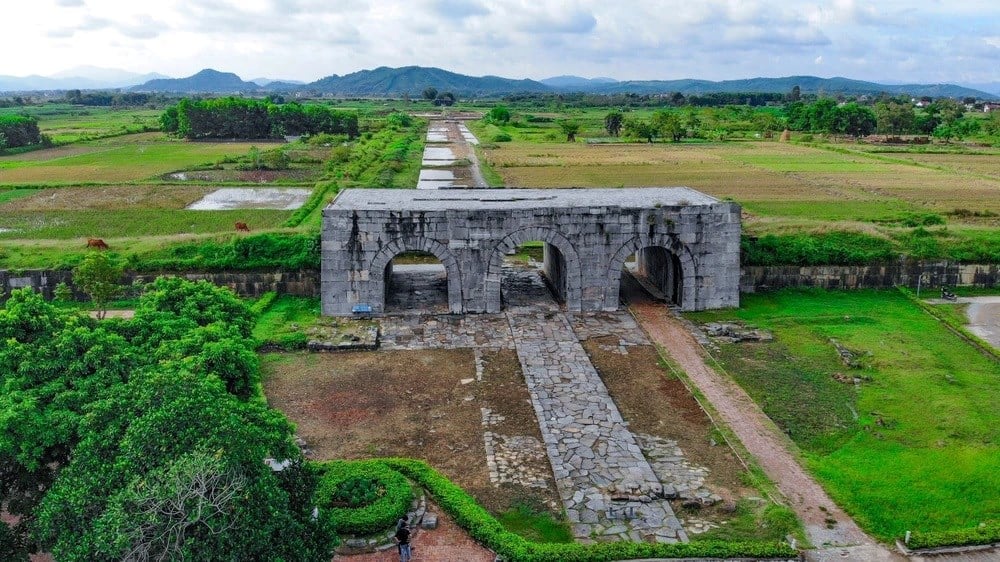
But behind the towering walls that visitors can see today, an ancient capital with a complete structure, from Hoang Nguyen Palace (Main Palace), Royal Road, Nam Giao sacrificial area, and the palaces and temples still lie hidden deep underground, waiting to be opened through each archaeological flight.
Since 2004, the Institute of Archaeology in collaboration with the Ho Dynasty Citadel Heritage Conservation Center has conducted more than 20 large-scale excavations, revealing the appearance of a complete feudal capital.
Excavations in the inner city have identified many overlapping layers of architecture, dating from the Ho, Le, Nguyen dynasties and later periods.
Among them, the architectural layer and cultural layer at a depth of 1-1.5m below the current ground level were identified as belonging to the Ho Dynasty - the most valuable original vestige, found almost intact in terms of ground level after more than 600 years hidden underground of the ancient capital of the Ho Dynasty.
According to Associate Professor, Dr. Tong Trung Tin, Chairman of the Vietnam Archaeological Association, these discoveries are the "golden key" to deciphering the integrity and authenticity of the capital structure of the Ho Quy Ly period, and at the same time proving that the Ho Dynasty Citadel was not just a single architectural work but a complete center of political , military, and cultural power with full functions of the capital of a dynasty.
One of the most important discoveries in recent years is the very clear architectural plan found intact in terms of foundation, scale and structure of the most important construction in the inner area of Ho Dynasty Citadel.
That is Hoang Nguyen Palace, also known as the Main Palace - the place considered to be the administrative, ceremonial and court center to discuss and decide on important national and ethnic issues of the Ho Dynasty.
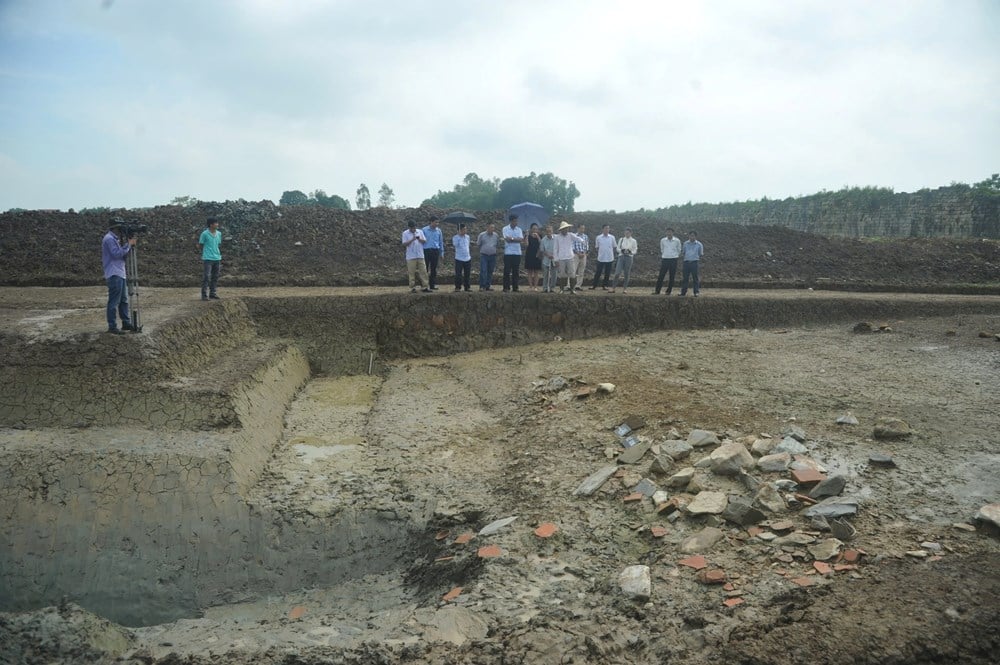
Through two excavations in 2020 and 2021 in the area located in the middle of the North-South axis of the citadel, archaeologists discovered a large architectural foundation consisting of 3 green stone steps, over 40m long and 2.5m wide.
The stone slabs here are delicately carved, with precise mortise and tenon joints – demonstrating extremely advanced stoneworking techniques in the late 14th century.
Surrounding the steps is a foundation system made of bluestone, laterite and lime-flower tiles, creating an architectural area of hundreds of square meters. The accompanying artifacts such as bluestone foundations, patterned bricks, multi-colored glazed ceramics... all bear the cultural imprint of the late Tran and early Ho dynasties.
In particular, the structure of three parallel steps facing the South gate is believed to be the remaining part of Kinh Thien Palace - the main palace of Tay Do capital.
Connecting from this area, the Royal Road – the backbone avenue of the citadel – has been excavated for over 50m long. The entire road is paved with slate, typical of the Ho Dynasty, with a parallel drainage system on both sides. This is the main axis of the king's movement from the Main Hall to the Nam Giao altar, and at the same time connects important areas in the citadel.
Another important item that contributes to proving the integrity of the Ho Dynasty Citadel is the Citadel Moat system. Since 2016, excavations inside and outside the citadel wall have clarified a part of the Citadel Moat with a width of 50m, a depth of 5-7m, and a distance of 60-90m from the foot of the citadel wall.
The moat has a layer of clay and gravel up to 0.7m thick, helping to retain water all year round. On the ground, people discovered traces of stone-stacked drainage pipes, dating from the late 14th and early 15th centuries.
The unique point is that the Moat Thanh surrounds all four sides of the citadel wall, connecting with the natural flows of the Buoi River and the Ma River, forming a closed defense system with both artificial and natural elements.

In many ancient civilizations, the moat system was a characteristic of cities with military and political functions. This further affirms the function and role of the Ho Dynasty Citadel as a complete and well-planned center of power.
Another important piece that completes the complete picture of the Ho Dynasty capital is the discovery of the Thai Mieu architectural complex, where the kings' ancestors were worshiped.
From 2022 to 2024, archaeologists opened dozens of excavation pits in the east and west of the inner city, discovering large-scale architectural foundations, symmetrical along the North-South axis. This architectural cluster was built on a high foundation, with stone steps, traces of large wooden columns and elaborate decorative tiles.
Artifacts such as lotus-shaped tiles, bricks printed with Chinese characters, decorative ceramics, etc. all date from the Ho Dynasty, consistent with historical records about Ho Quy Ly building Thai Mieu on both left and right sides of the main hall.
The discovery of the Thai Temples not only clarifies the ritual and religious structure within the citadel, but also affirms that the Ho Dynasty Citadel was a capital with complete administrative and religious institutions, a mandatory criterion to be recognized as a complete ancient capital.
Outside the inner city, the Nam Giao altar area (located about 2km from the South Gate) is also the place that has been excavated and restored the most in recent times. This is the altar to heaven, where the king held the Giao ceremony in early spring, demonstrating the connection between the royal court and heaven and earth.
Through excavations in 2008-2009 and 2015-2017, researchers have restored the scale of the altar, consisting of 3 square floors, built of rammed earth, nearly 200 square meters wide, with a sacrificial path connecting from the wall to the altar.
The system of sacrificial roads and the Nam Giao altar not only has religious and spiritual significance but is also a symbol of the political power of the Ho Dynasty. The preservation and restoration of this altar area has connected the cultural and ritual spaces outside and inside the citadel, affirming that the Ho Dynasty Citadel is a complete entity in terms of planning and medieval urban functions.
Integrity is confirmed by physical evidence.
Based on archaeological results, researchers have confirmed that the Ho Dynasty Citadel still preserves relatively complete elements of an ancient capital - from the citadel wall, moat, Royal Road, Main Hall, temples to Nam Giao altar. This is one of the very few ancient capitals in Asia that still retains such scale and basic structure.
Mr. Nguyen Ba Linh, Director of the Ho Dynasty Citadel Heritage Conservation Center, said: "Excavation and overall archaeology of the Ho Dynasty Citadel heritage site is one of the strategic tasks that the Thanh Hoa Provincial People's Committee has committed to UNESCO. The promotion of archaeological excavation at the heritage site in recent times has strongly demonstrated Thanh Hoa Province's determination to participate in implementing the International Convention and its commitment to the World Heritage Committee (WHC) of UNESCO."
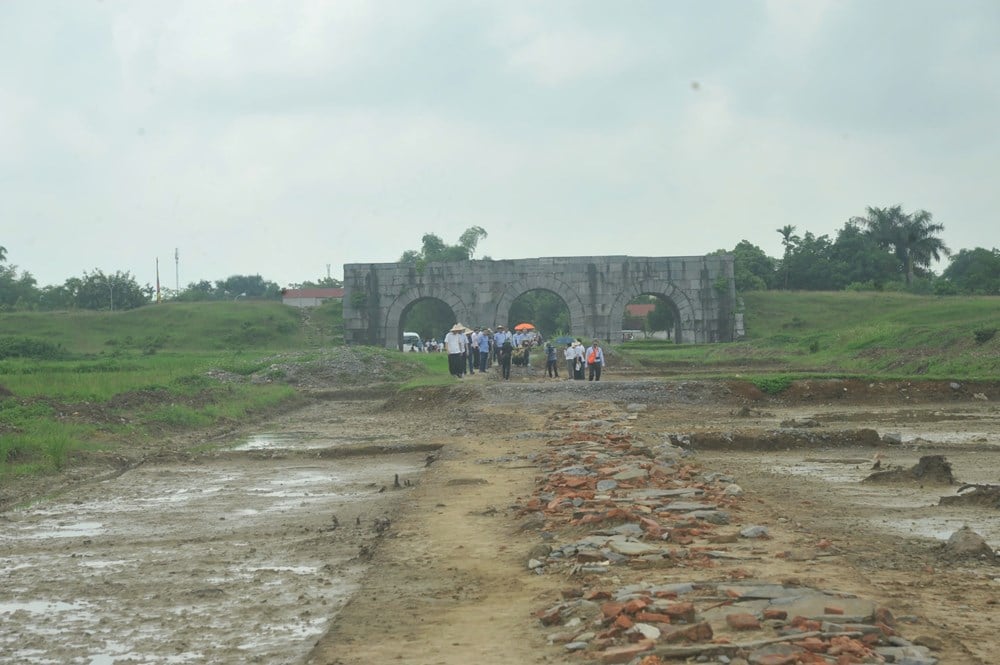
According to Mr. Linh, implementing and completing the strategic archaeological program at the heritage is the most authentic scientific basis to affirm the integrity, authenticity and outstanding global value of the nominated heritage and is also an important basis for preserving the Heritage for the future.
In the coming period, archaeological work at Ho Dynasty Citadel will continue to be promoted, especially expanding excavation in the main palace area and auxiliary palaces.
In addition, Thanh Hoa province has approved the project to preserve and restore a number of construction items in the inner city area of the heritage. The archaeological exhibition of Hoang Nguyen Palace is an important item of the project, thereby bringing the results of research, archaeology and the value of the heritage closer to the public.
The integrity and authenticity of the nominated heritage are not only the criteria and scientific values for UNESCO to recognize the heritage, but also the foundation for developing cultural and historical tourism in the locality. When what is deep underground is gradually "decoded", the Ho Dynasty Citadel will not only be a symbol of a stone-built wonder, but also a vivid story of a brilliant capital that once existed in Vietnam's history.
(To be continued)
Source: https://baovanhoa.vn/van-hoa/bai-1-giai-ma-dau-tich-kinh-thanh-da-135014.html



![[Photo] National Assembly Chairman Tran Thanh Man receives First Vice Chairman of the Federation Council of the Federal Assembly of the Russian Federation](/_next/image?url=https%3A%2F%2Fvphoto.vietnam.vn%2Fthumb%2F1200x675%2Fvietnam%2Fresource%2FIMAGE%2F2025%2F12%2F02%2F1764648408509_ndo_br_bnd-8452-jpg.webp&w=3840&q=75)




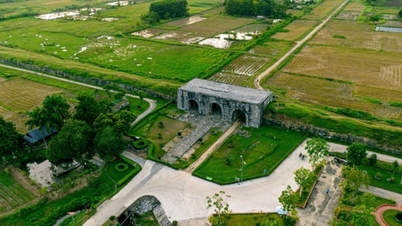

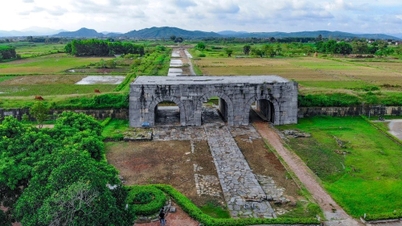
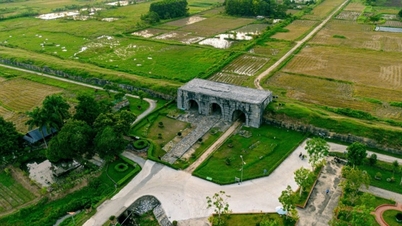

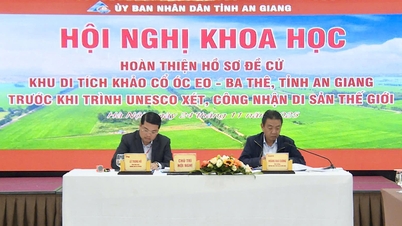

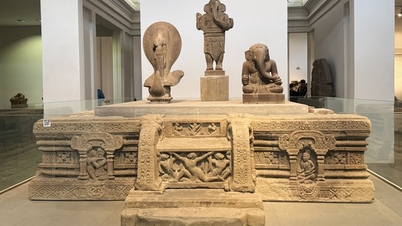



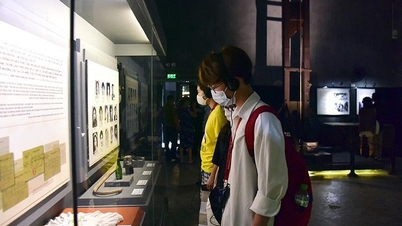



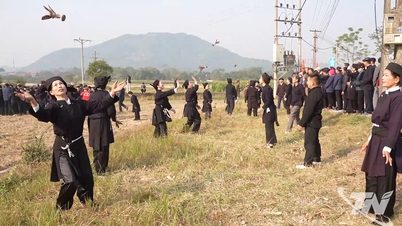





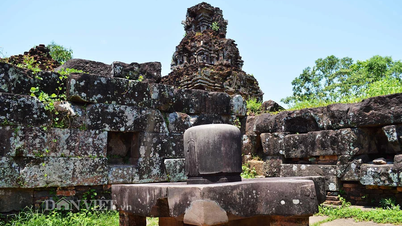










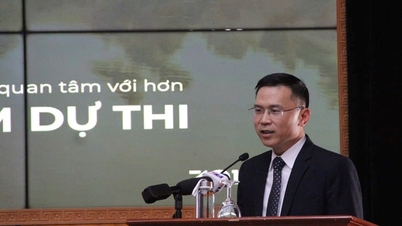
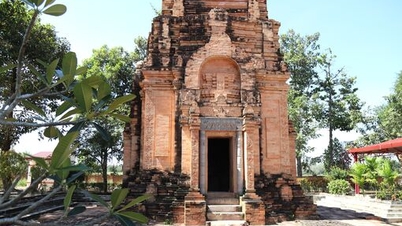






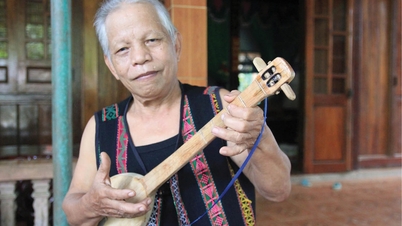

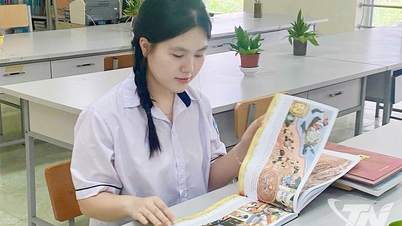
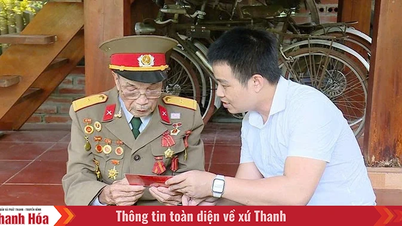



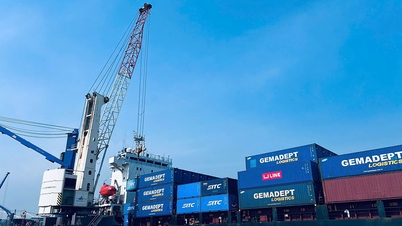






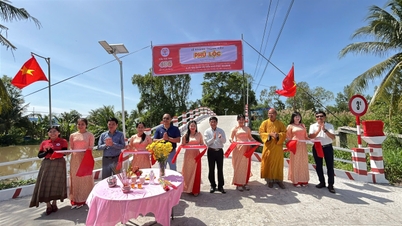
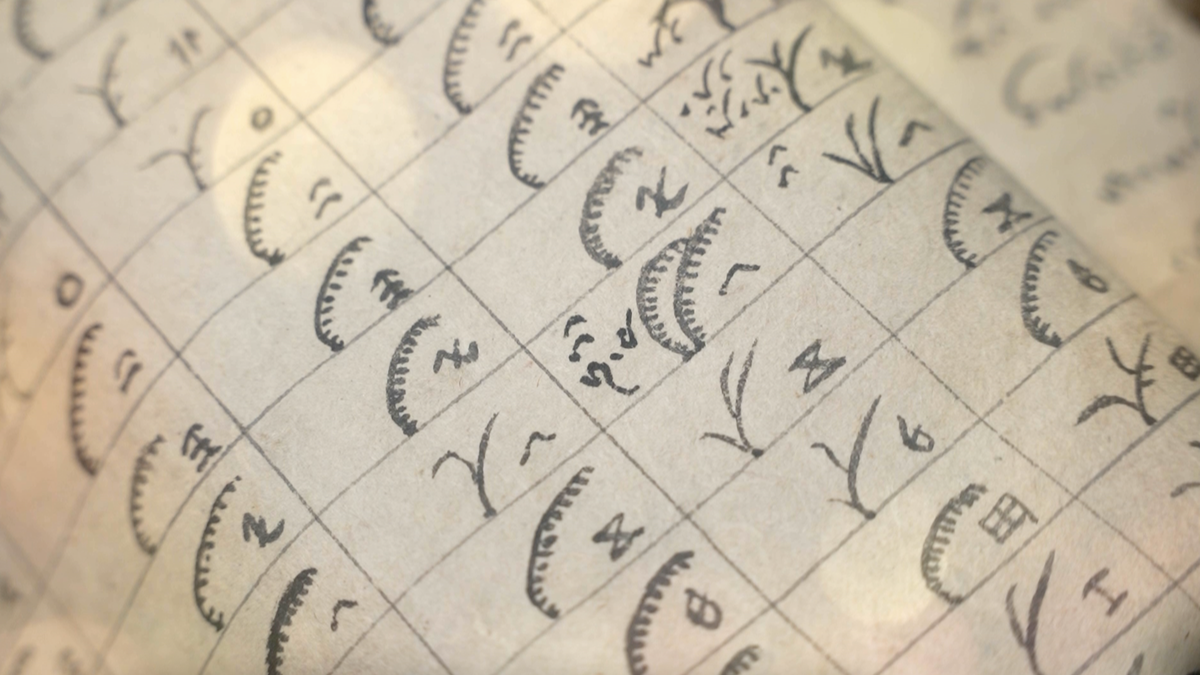











![[Photo] General Secretary To Lam and his wife attend the 50th Anniversary of Laos National Day](https://vphoto.vietnam.vn/thumb/402x226/vietnam/resource/IMAGE/2025/12/02/1764644139308_1.jpeg)



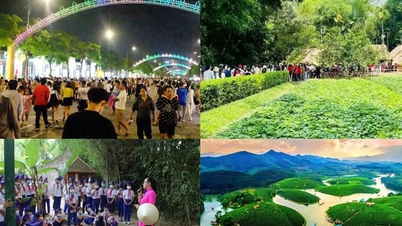


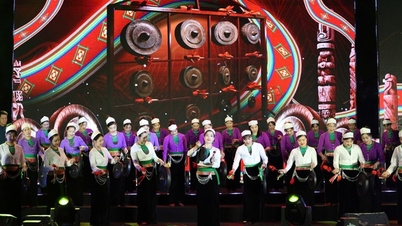


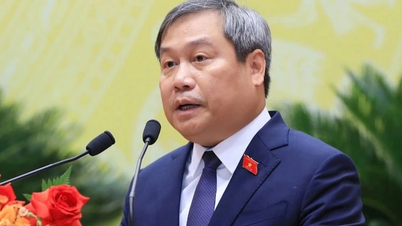


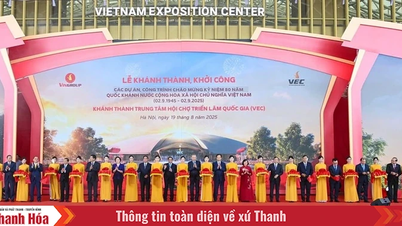
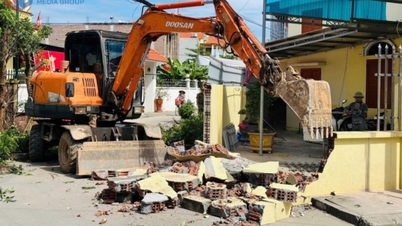



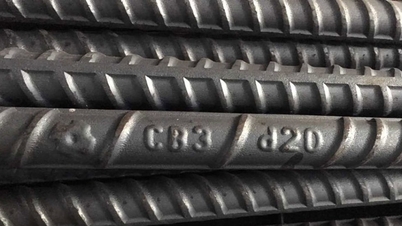
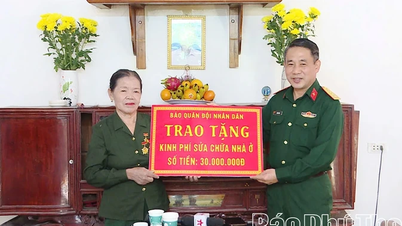














Comment (0)